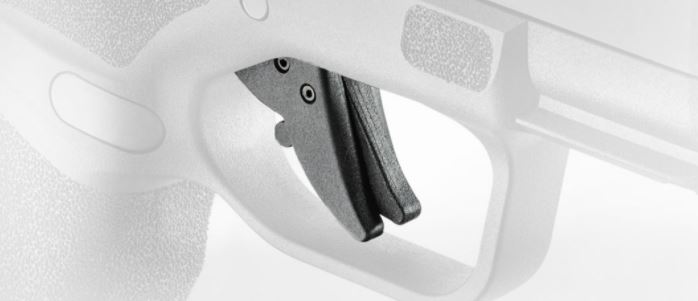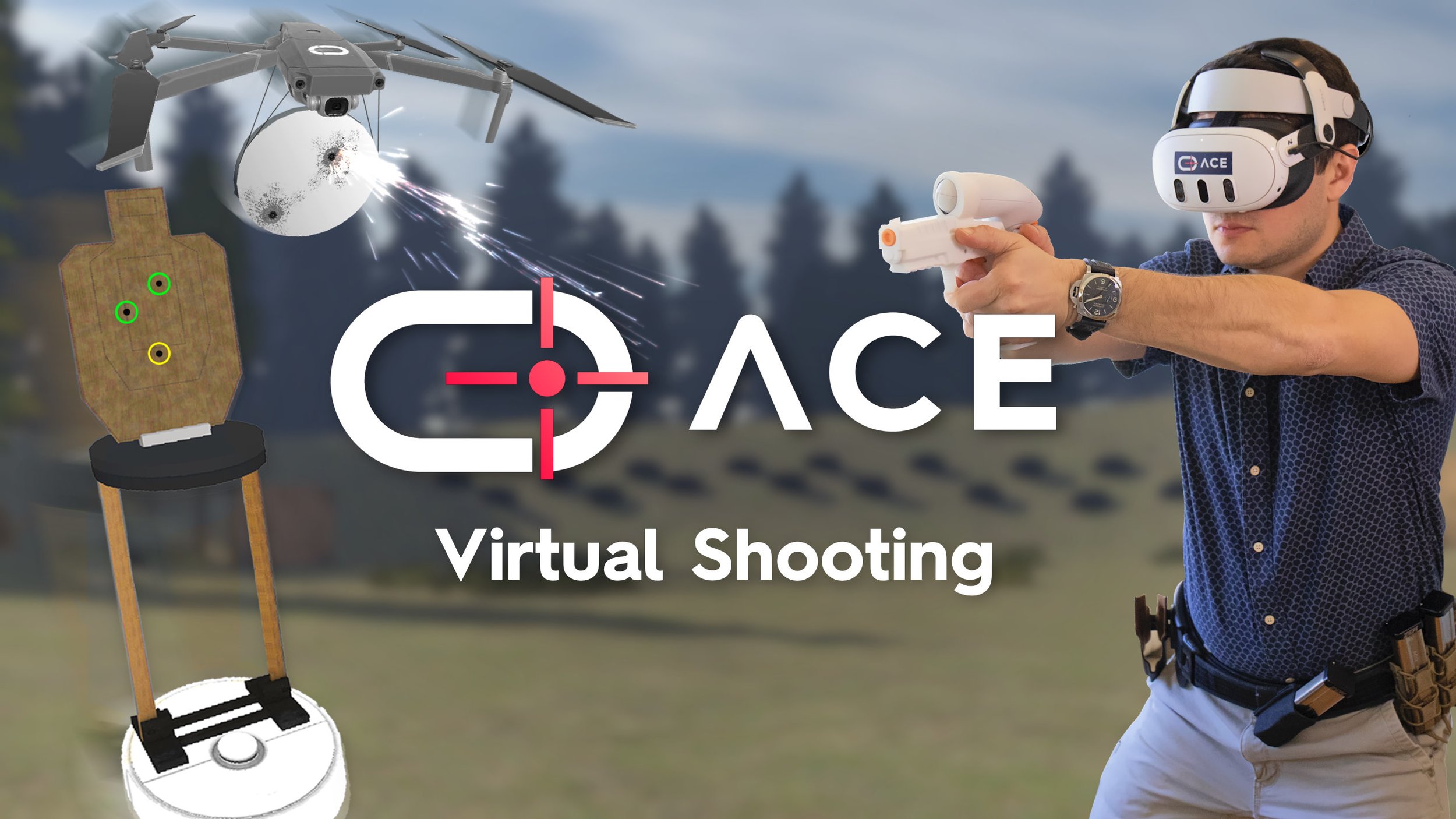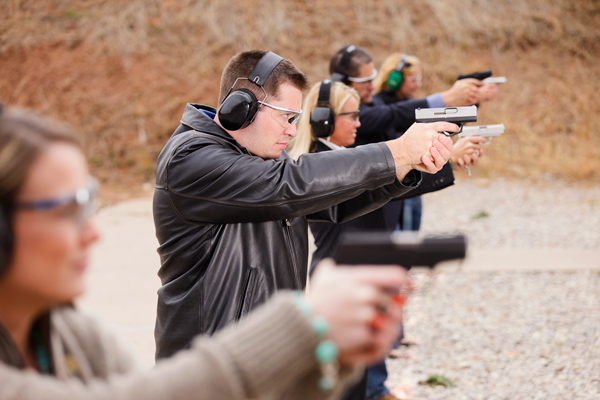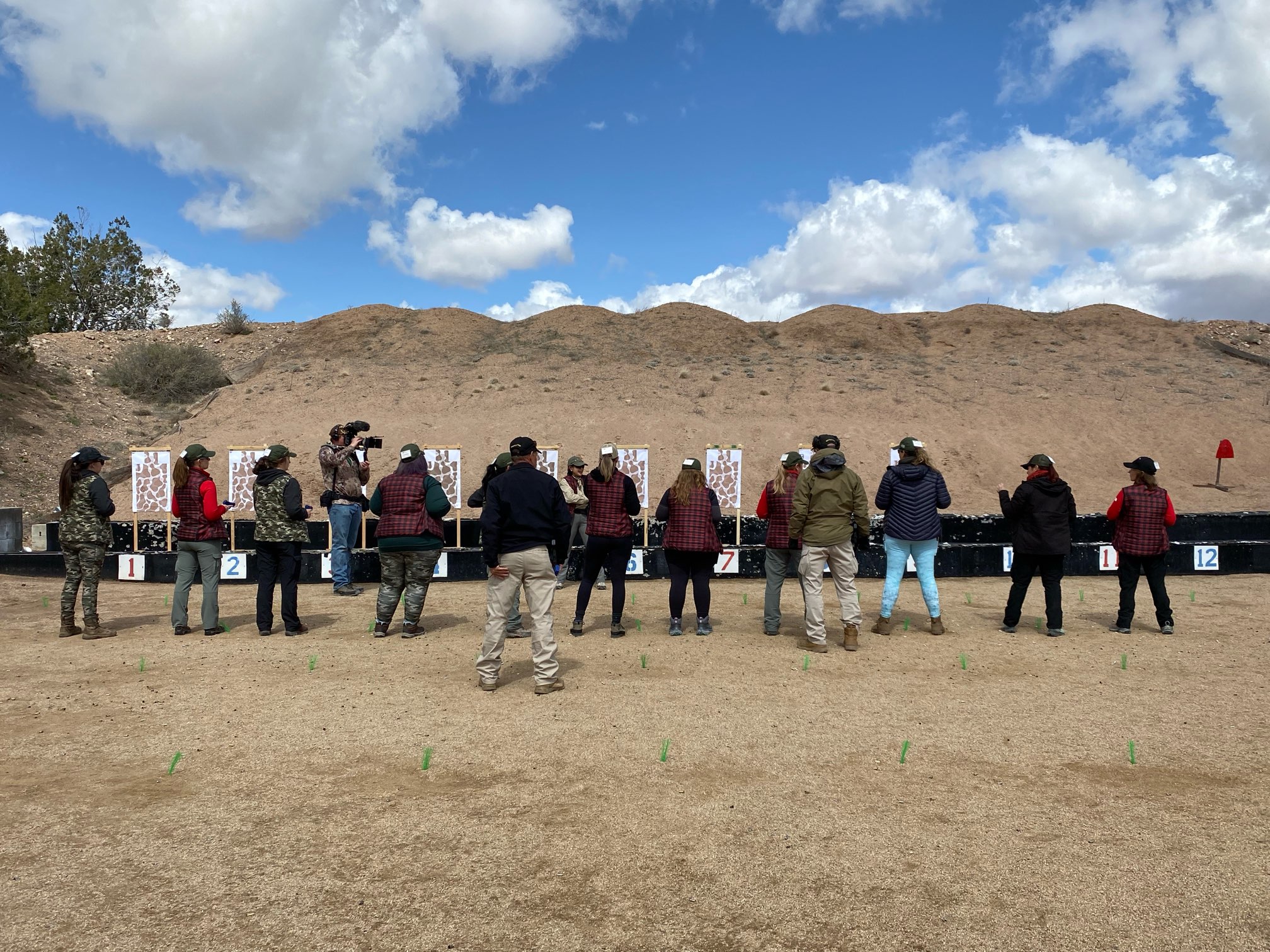When I teach new students in my Basic Handgun class, we go over how the gun works, how to load it, and how to shoot it. It’s easy to discuss the mechanics of making a gun go bang in the right direction via a slide presentation. Making it happen on the range is a whole different thing. Among the details of how to shoot a gun is a little topic called Trigger Press. When I click over to that slide, I preface what I’m going to say about it with, “This is the bane of every gun owner’s existence. You can do everything else right, from the grip to sight alignment to the proper stance, but nothing else you’ve done up that point will matter if you don’t pull the trigger correctly.”
Pulling the trigger is the last step before the gun goes bang, so the key is to do it so that it doesn’t ruin everything you’ve done up until then. Your sights are lined up, your grip is firm, you squeeze the trigger, and…the shot goes left or right or up or down. Wherever it went, it wasn’t where you aimed. What happened?
Well, it really did go where you aimed. The catch is that when you pulled the trigger, the gun moved away from your original aiming point, where you thought the hole would appear on the target.
Centering Your Finger
More than anything else, the issue of why you missed boils down to biomechanics. Look at your index finger as it bends. What motion does it make? It moves in an arc. Now look at the trigger. How does it move? In a straight line. How do you make an arcing finger play well with a linear trigger?
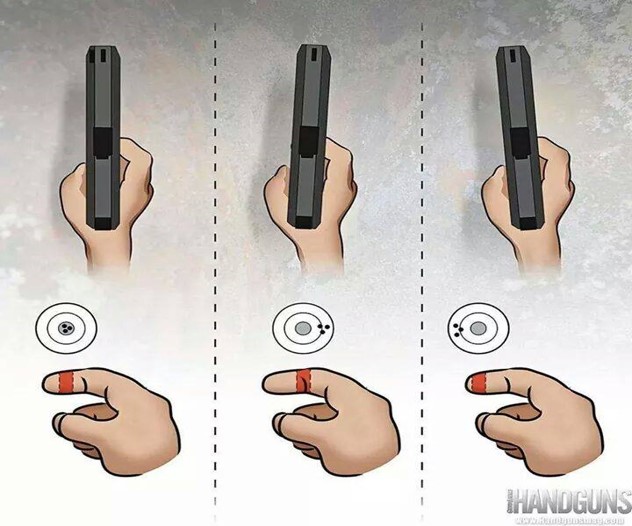
First, let’s get your finger placed correctly on the face of the trigger. Ideally, the center of the pad of the first segment of your finger should be centered on the trigger. Copious studies and trainers have identified this as the best chance of a successful trigger pull that doesn’t move the gun.
If you place the tip of your finger on the trigger, you tend to push the gun slightly left (assuming you’re a right-handed shooter) because pulling the finger backward works like hooking a golf ball. Conversely, if you bury the trigger in your first knuckle, you’ll tend to pull the gun to the right like slicing a golf ball. (If you’re a lefty, just reverse the push-and-pull directions.)
So, step one is to square up your finger on the trigger.
Shooting from the Reset
Now that your trigger is in the right place, let’s look at a slightly advanced skill that will improve your accuracy — and, eventually, your speed. It’s called shooting from the reset. “What’s the reset?” Thanks for asking.
Every trigger has multiple phases it goes through to fire a shot. When you begin to squeeze the trigger, you take up the slack, where the trigger is the loosest. The amount of slack will vary from trigger to trigger, but there will usually be some sort of trigger travel that doesn’t engage the firing mechanism.
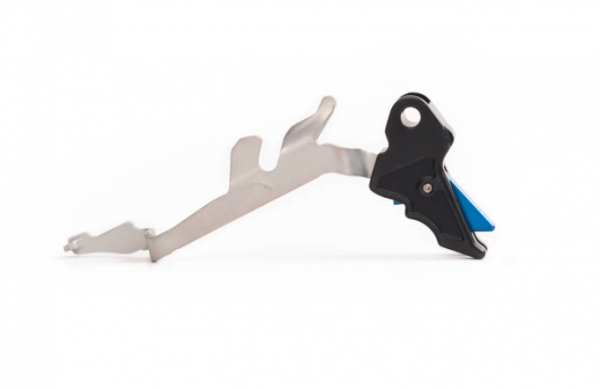
Once you’ve taken up the slack, you’ll meet some resistance, which is the point where the gun fires, also called breaking the shot.
Third comes the post-shot travel that can take the trigger all the way to the back of the trigger well. By this point, the bullet is long gone, and most of the recoil has dissipated.
The final trigger stage is called the reset. It’s where the trigger has traveled forward after the shot, resetting the firing mechanism so you can shoot again. This can be hard to detect unless you know to feel for it, but you need to learn to notice it if you want to shoot more accurately.
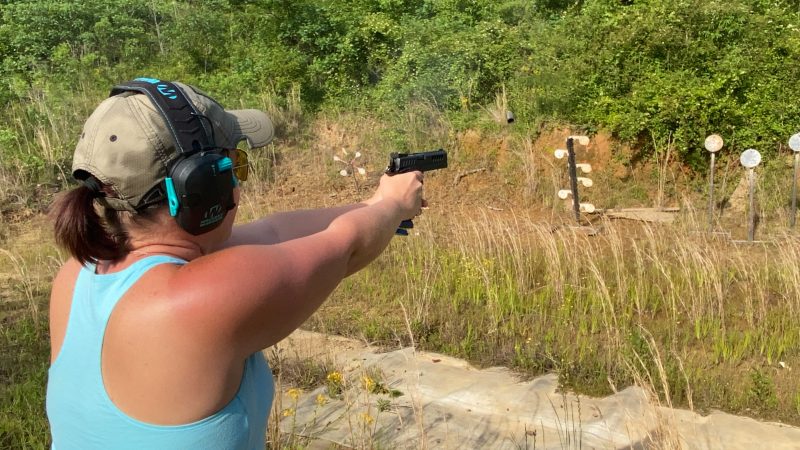
This increases accuracy because it removes one of the many opportunities for the gun to move out of alignment before the shot. The less the trigger moves, the less likely the gun is to move off target.
Shooting from the reset takes a great deal of practice. Start shooting slowly and find the reset point. Then work on controlling your finger-trigger interaction until you can feel the reset consistently. As you become more comfortable, increase the speed while staying safe. Over time, your accuracy and speed will both improve.
ABOUT THE AUTHOR:
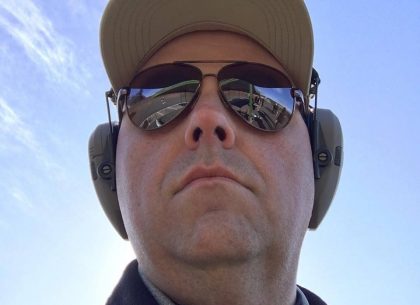
David Workman is an avid gun guy and a contributing writer to several major gun publications. As an NRA-certified instructor, David trains new shooters on basic handgun skills and CCW requirements and is a strong advocate for training as much as possible. “Real-life shootouts don’t happen at a box range.”
![]() You may also enjoy these popular articles:
You may also enjoy these popular articles:
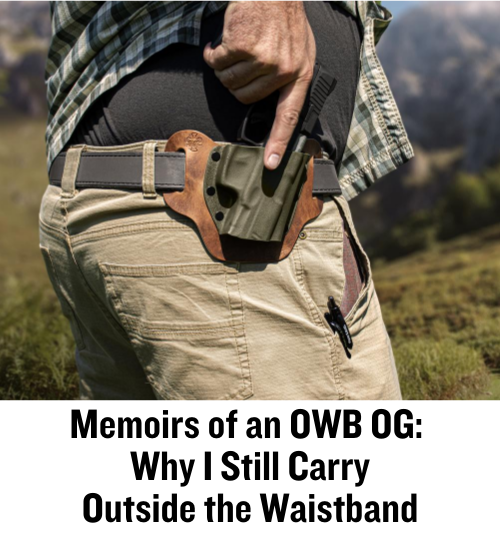
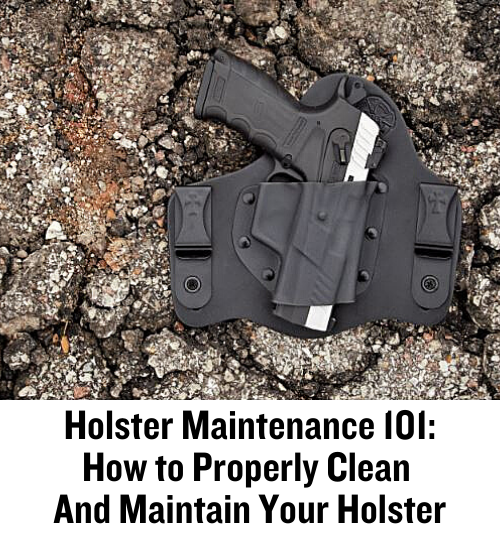
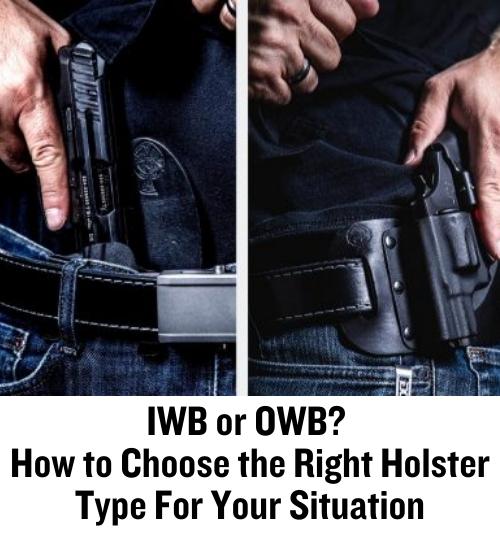

©MTC Holsters, LLC and CrossBreed Holsters Blog, 2022.
Unauthorized use and/or duplication of this material without express and written permission from this site’s author and/or owner is strictly prohibited. Excerpts and links may be used, provided that full and clear credit is given to David Workman and the CrossBreed Blog with appropriate and specific direction to the original content.

